

— Products —
 Consumer hotline +8618073152920
Consumer hotline +8618073152920 WhatsApp:+8615367865107
Address:Room 102, District D, Houhu Industrial Park, Yuelu District, Changsha City, Hunan Province, China
All products
Pyranometer (Solar Radiation Sensorsr) is an instrument used to measure the intensity of solar radiation (including ultraviolet, visible and infrared). It usually consists of a planar detector and a data logger to measure the intensity of radiation perpendicular to the direction of the sun.The Pyranometer Solar Radiation Sensors can be used in a wide range of applications in many fields, such as: meteorology. Agriculture. Construction. Environmental monitoring. Some of the si···
Tel/WhatsApp:+8615367865107
Email:Arvin@niubol.com +Nearly 100 partner companies in more than 68 countries. We are committed to providing high-quality, practical products to meet your needs and help you solve problems. Our products comply with international standards and are certified with ISO, CE and RoHS.Product Details
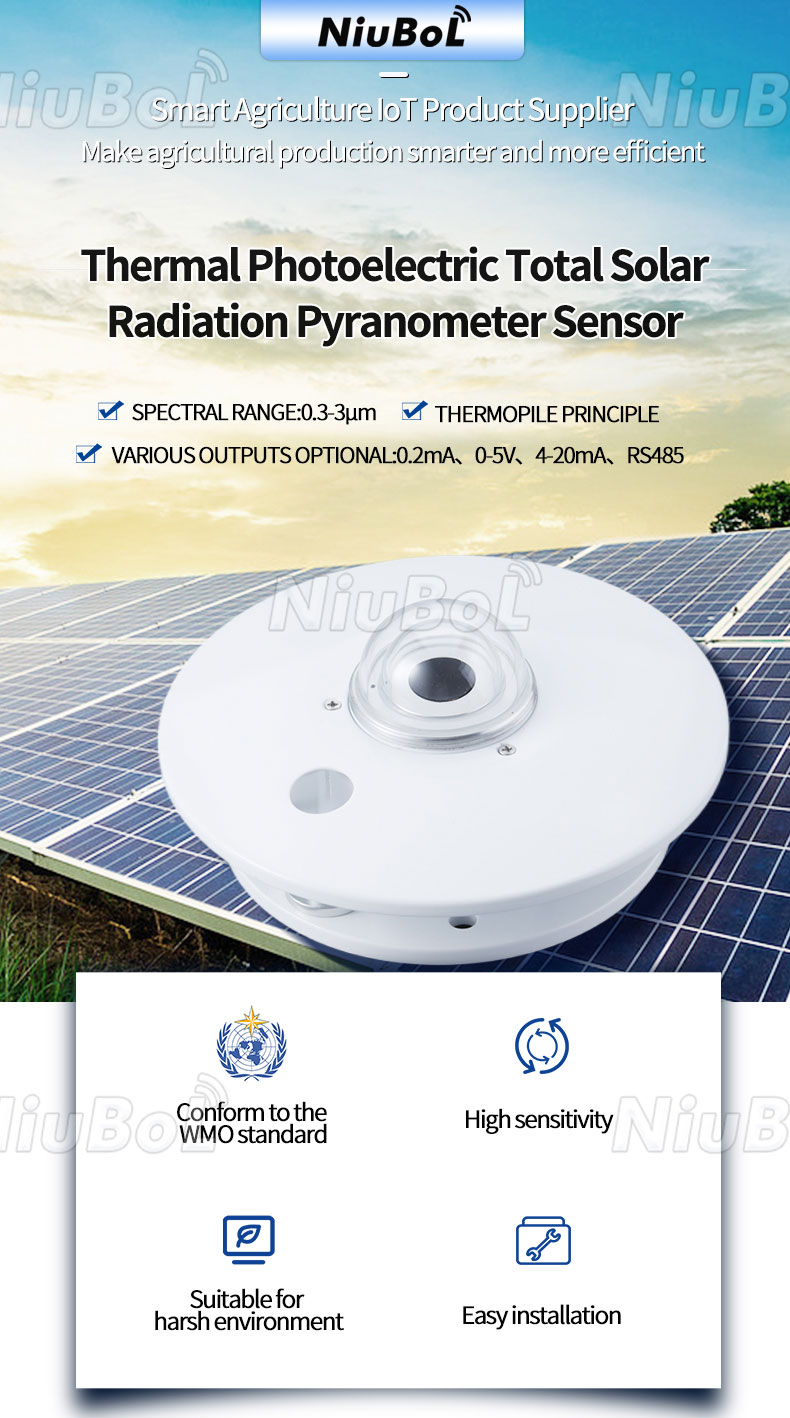
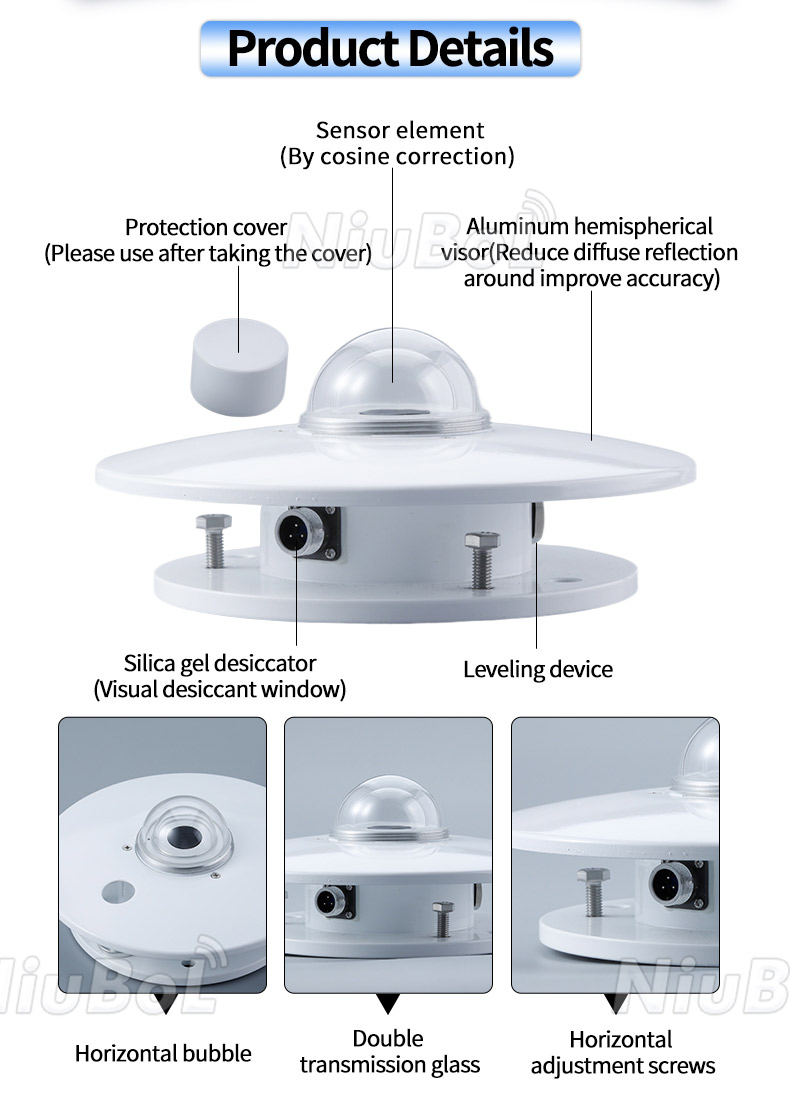
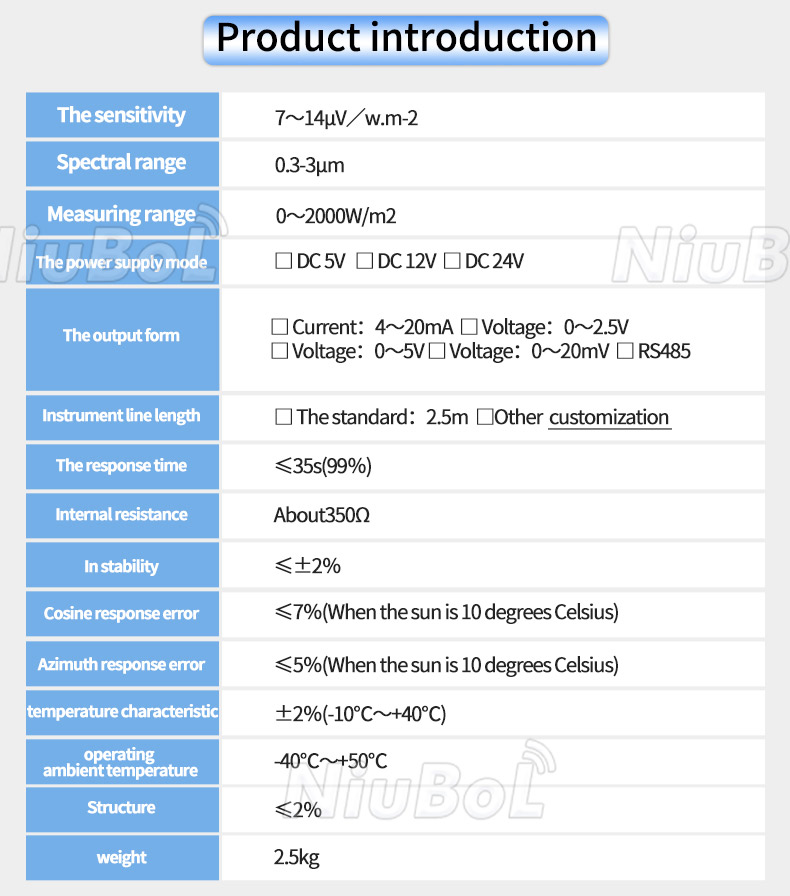
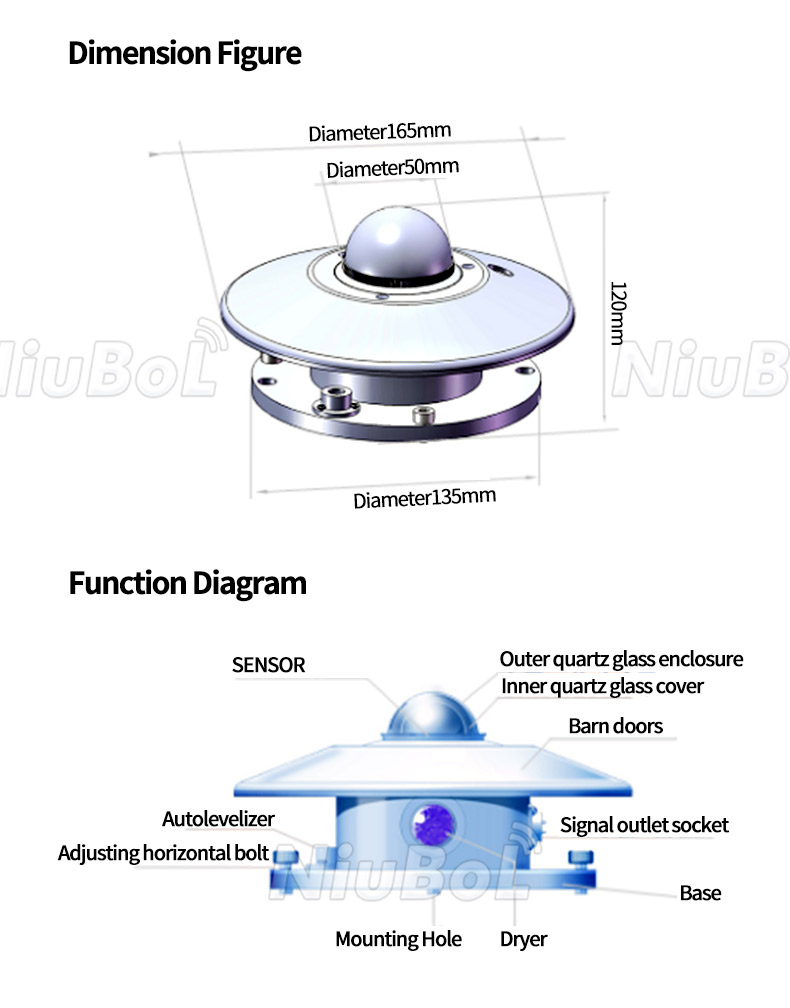
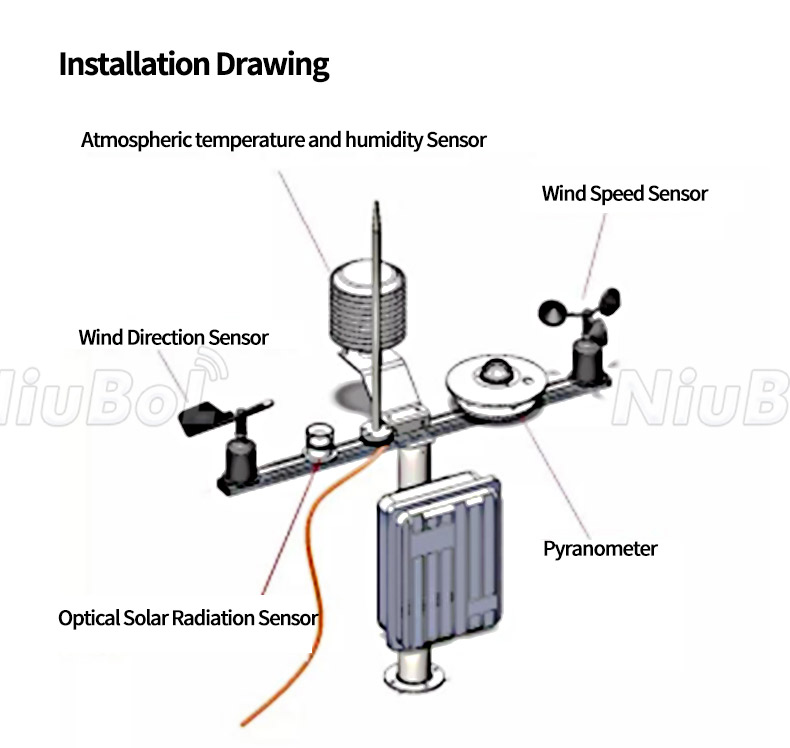
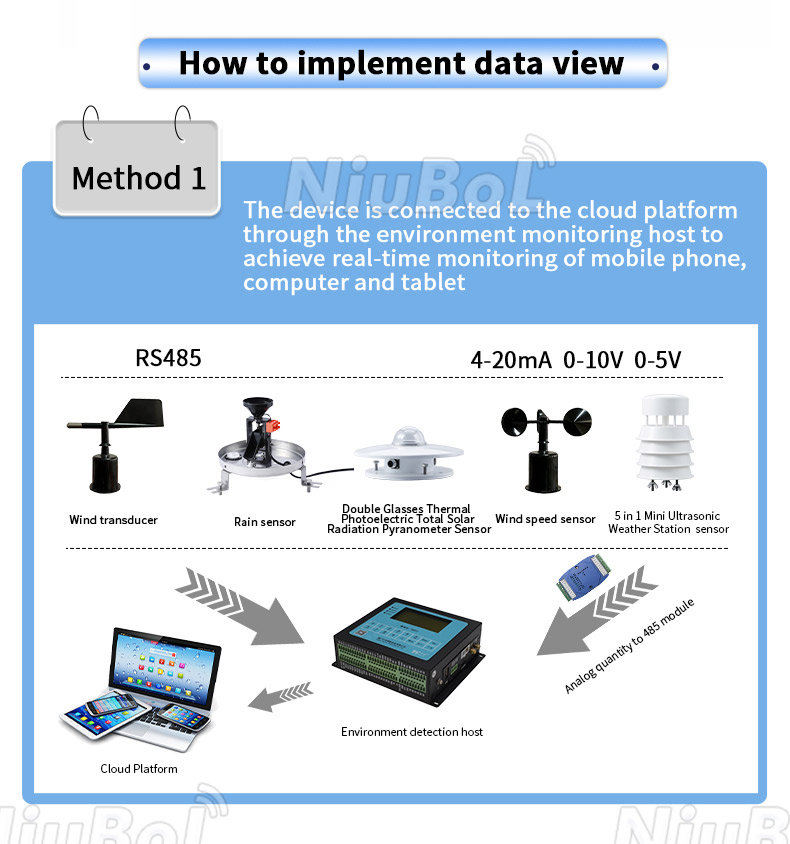
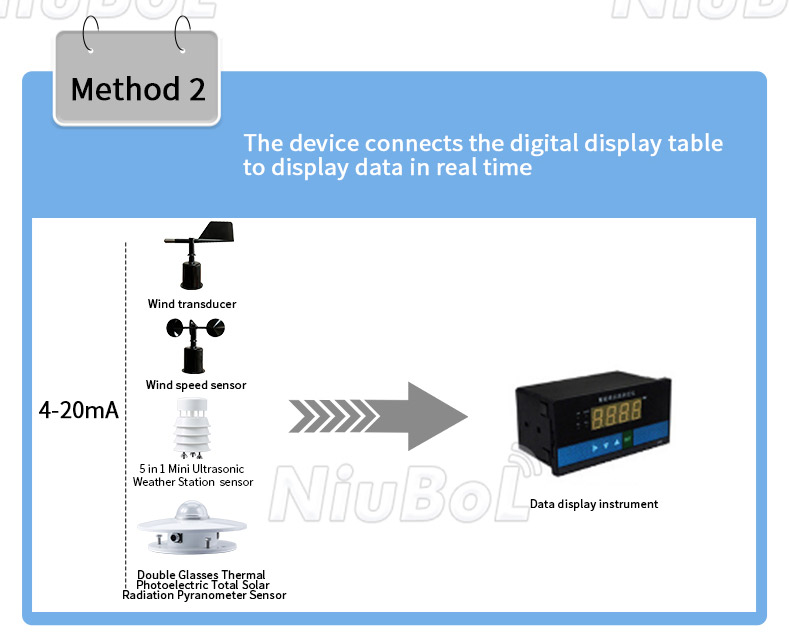
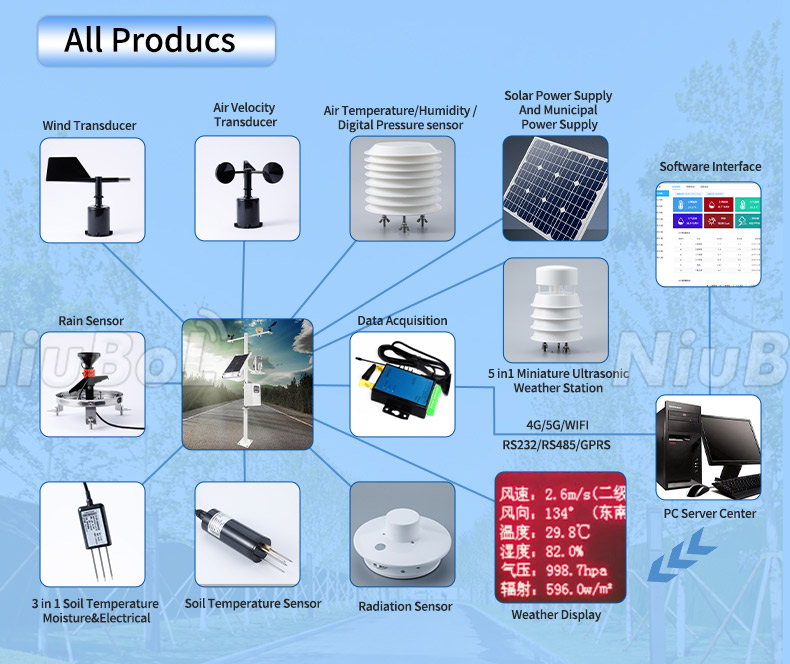
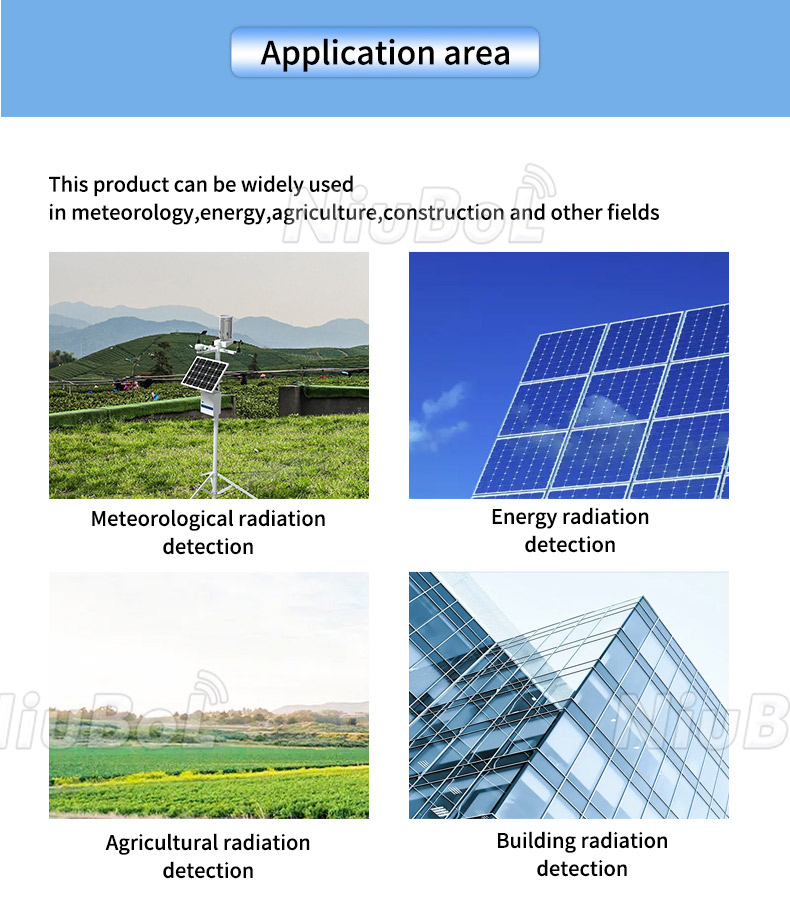
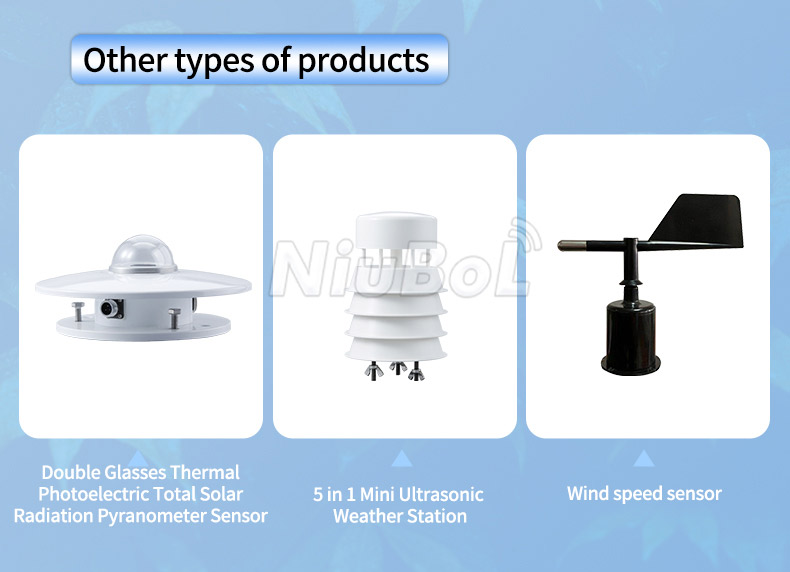

Pyranometer (Solar Radiation Sensorsr) is an instrument used to measure the intensity of solar radiation (including ultraviolet, visible and infrared). It typically consists of a planar detector and a data logger to measure the intensity of radiation perpendicular to the direction of the sun.
Pyranometer Solar Radiation Sensors can be used in a wide range of applications in many fields such as:
Meteorology: Pyranometer Solar Radiation Sensors are used to measure solar radiation for understanding climate change and weather forecasting.
Agriculture: Pyranometer Solar Radiation Sensors are used to measure the amount of solar radiation received by crops in order to optimise irrigation and fertiliser use and improve crop yields.
Architecture: Solar radiometer sensors are used to measure the amount of solar radiation received by building surfaces to help design more energy efficient buildings.
Environmental Monitoring: Pyranometer sensors are used to measure solar radiation and UV levels in the environment to help monitor air quality and the health effects of UV radiation.
In summary, Pyranometer Solar Radiation Sensors are an important instrument that can be used in many applications and can provide useful solar radiation data to help better understand the environment and climate change.
The working principle of the Pyranometer (Solar Radiation Sensors) is based on the conversion of heat and the measurement of electrical signals.
Conventional Pyranometer Solar Radiation Sensors usually use the thermoelectric effect and work as follows:
1. Detector: The detector part of the sensor usually consists of a flat black surface that absorbs solar radiation. This surface is called a Thermoelectric Element, which is a thermocouple with two different materials. One of the materials is sensitive to heat and the other is used for electrical output.
2. Heat Conversion: When solar radiation hits the surface of a thermoelectric element, thermal energy is absorbed and converted into heat. The heat will cause the temperature difference between the two ends of the thermocouple to change.
3. Electrical Signal Measurement: According to the thermoelectric effect, the thermocouple will produce a potential difference in response to the temperature difference. The sensor measures the potential difference between the two ends of the thermocouple and converts it into a corresponding electrical signal. This electrical signal represents the intensity of solar radiation.
4. Data logging: Sensors are usually equipped with a data logger or connected to other devices for recording and storing the measured solar radiation data. These data can be further analysed and applied.
It should be noted that while thermocouples are a common operating principle for traditional solar radiometer sensors, modern solar radiometer sensors may use other operating principles, such as the photoelectric effect or the measurement of properties of semiconductor materials. There may be some differences between these different operating principles, but the basic goal is to measure the intensity of solar radiation.
Prices for Pyranometer Solar Radiation Sensors vary depending on factors such as brand, model, and performance, and typically range from a few hundred to a few thousand dollars. Below are some reference prices:
1. low-end models: some of the simpler Pyranometer Solar Radiation Sensors may cost around $100-$500.
2. Mid-range models: Some mid-range Pyranometer Solar Radiation Sensors may cost around a few thousand dollars.
3. High-end models: Some high-performance Pyranometer Solar Radiation Sensors, which may cost more than $10,000.
It is important to note that price does not always reflect the performance of the sensor. Sometimes relatively cheaper sensors can also provide good data quality, while relatively more expensive sensors may only be advantageous in some specific application scenarios. Therefore, when purchasing a solar radiometer sensor, you should choose the right model and brand for your specific needs, and compare and evaluate them.
When installing Pyranometer (Solar Radiation Sensors), here are some precautions:
1. Installation Location: Choose a location that can adequately receive solar radiation, usually in an open and unobstructed area. Avoid tall buildings, trees, or other obstacles that block solar radiation.
2. Mounting angle: The sensor should be mounted at an angle perpendicular to the ground to ensure proper measurement of radiation intensity perpendicular to the direction of the sun. The mounting angle can also be fine-tuned to suit the needs of a particular application.
3. Avoid shadows: Ensure that the sensor itself and accessories are not obscured by shadows cast by the sensor itself. Shadows can lead to inaccurate measurements.
4. Cleaning and maintenance: Clean the surface of the sensor regularly to ensure that it is not covered with dust, dirt or other impurities. This ensures accurate measurement results. In addition, regularly check the condition and connections of the sensor to ensure that it is working properly.
5. Data logger location: If the sensor needs to be connected to a data logger or other device, make sure that the data logger is in the proper location and ensure good data transmission and recording.
6. Calibration and verification: Calibrate the sensor periodically to ensure accurate measurements. Calibration can be done by comparison with a standard reference device.
Please note that before installing Pyranometer Solar Radiation Sensors, it is advisable to read and follow the relevant installation and operating instructions to ensure proper installation and use. In addition, if there are special application needs or technical requirements, it is recommended to consult a professional or the manufacturer for more detailed and specific instructions.
NBL-W-HPRS-Solar-Radiation-Sensor-Instruction-Manual-V3.0.pdf
Sensors & Weather Stations Catalog
Agriculture Sensors and Weather Stations Catalog-NiuBoL.pdf
Weather Stations Catalog-NiuBoL.pdf
Related recommendations
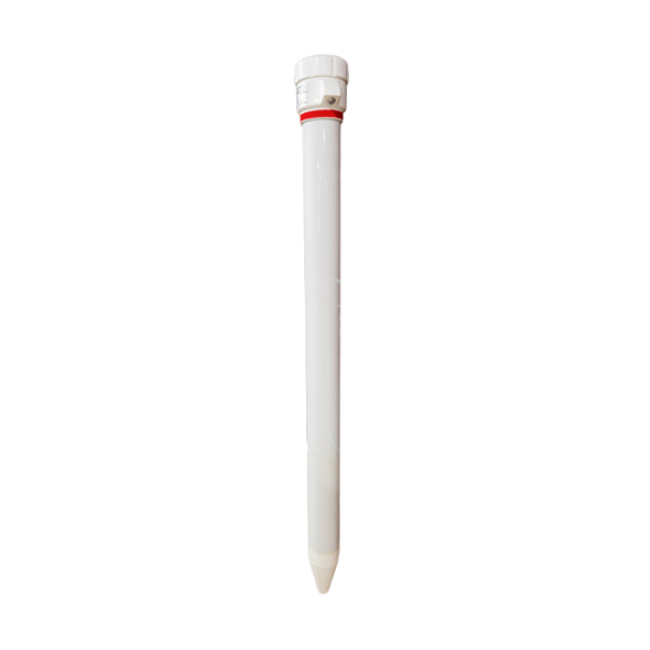 Multi-Depth Soil Sensor RS485
Multi-Depth Soil Sensor RS485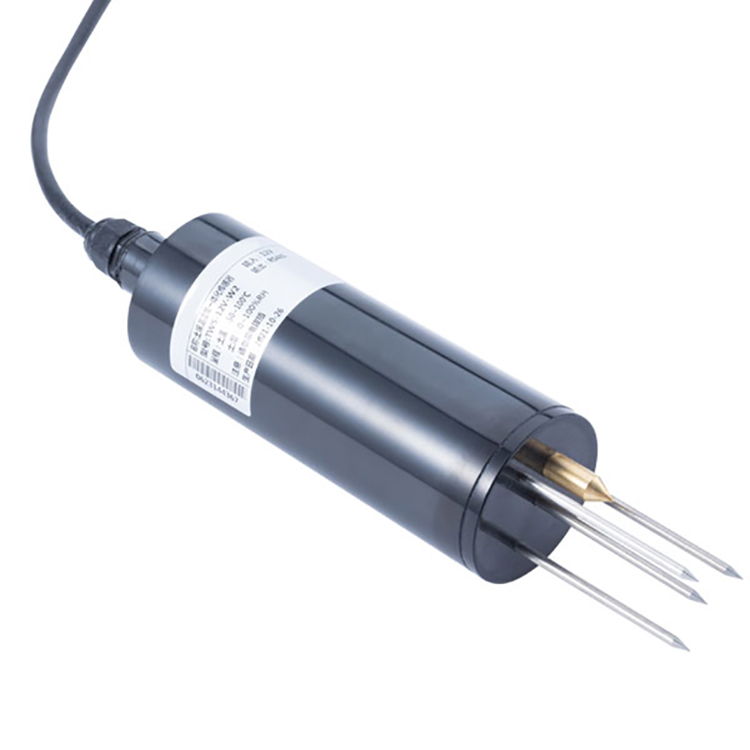 TDR Soil Moisture Sensor
TDR Soil Moisture Sensor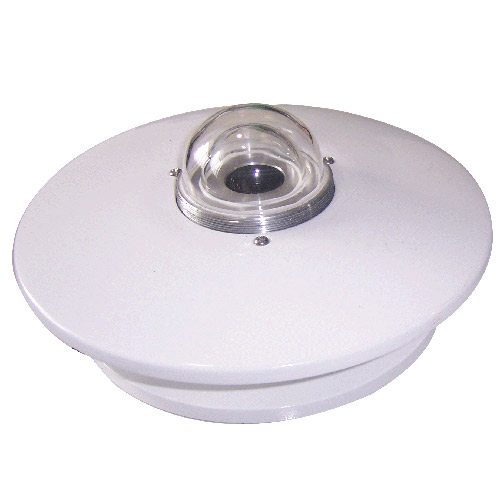 Pyranometer Solar Radiation Sensors
Pyranometer Solar Radiation Sensors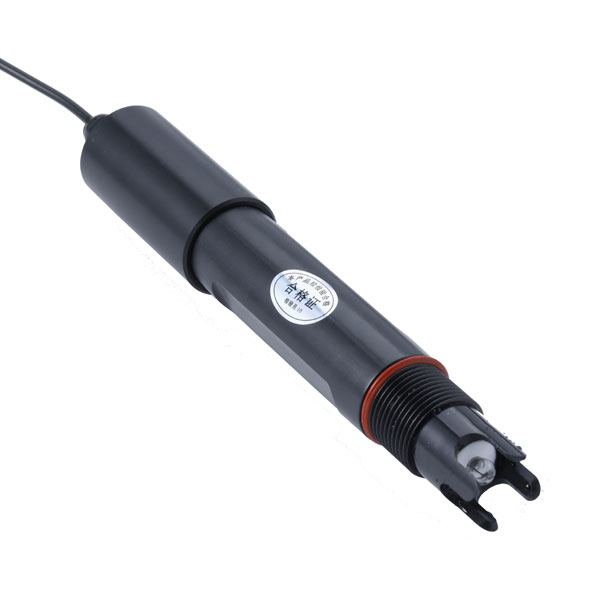 Soil ph sensor
Soil ph sensor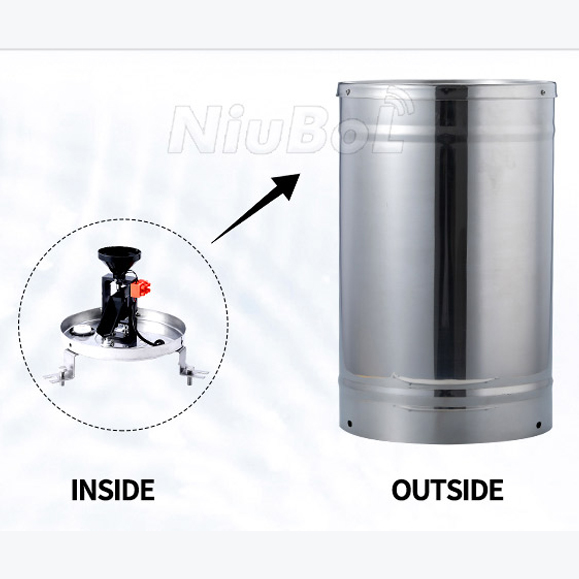 Tipping Bucket Rain Gauge
Tipping Bucket Rain Gauge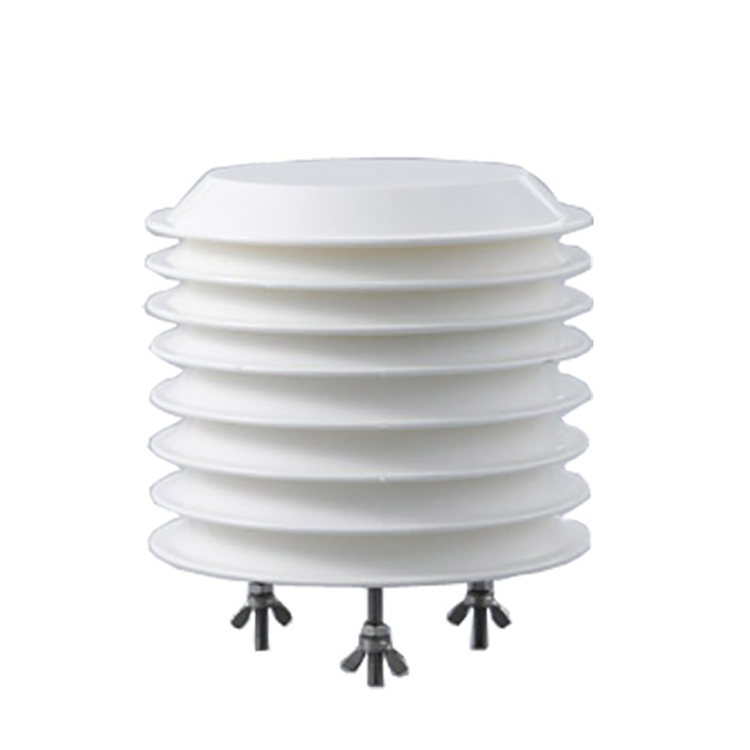 Air Temperature and Humidity Sensor
Air Temperature and Humidity Sensor
Screenshot, WhatsApp to identify the QR code
WhatsApp number:+8615367865107
(Click on WhatsApp to copy and add friends)
